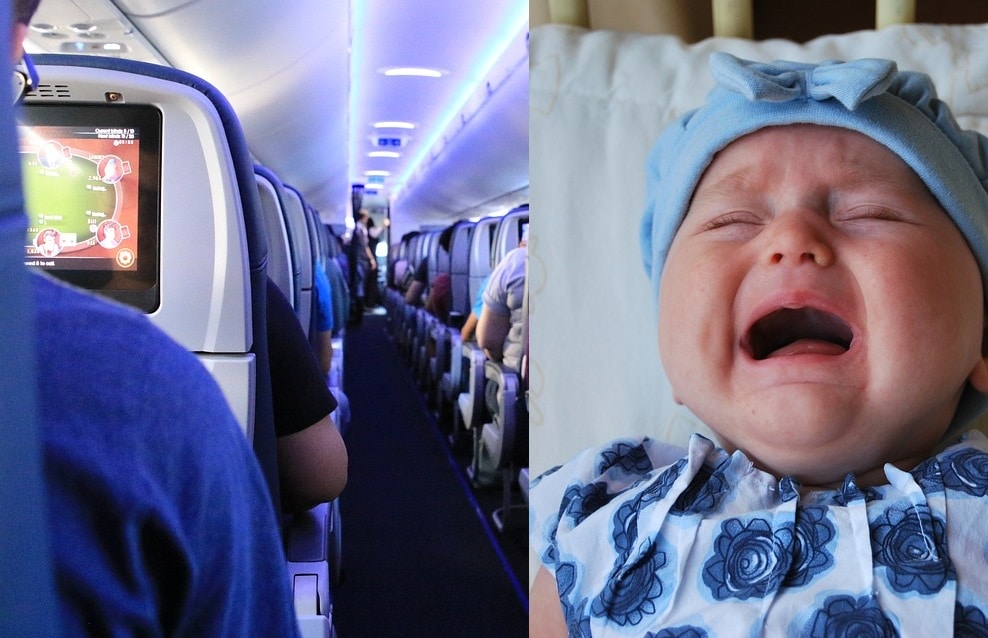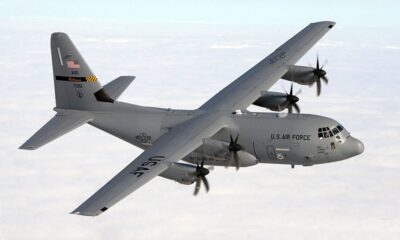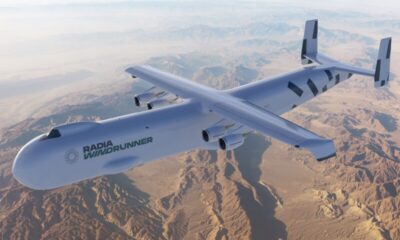Airlines
Airline Introduces Child-Free Zones On Its long haul flights

Corendon Airlines is the first European carrier to offer a child-free zone on its planes. Beginning in November, the airline’s flights between Amsterdam and the Caribbean island of Curaçao will operate in the new “Only Adult” zone, which is only available to passengers over the age of 16.
Beginning in November, the airline’s flights between Amsterdam and the Caribbean island of Curaçao will operate in the new “Only Adult” zone, which is only available to passengers over the age of 16.
With 93 seats, or roughly 20% of the aircraft’s total 432 seats, the adult section will be fairly enormous. It will be fascinating to watch how many people pay an extra €45 each way to sit there since the seats in this area will be the same as those throughout the rest of the aircraft.
Atilay Uslu, the founder of Corendon, said, We constantly work to meet the wide range of needs of our passengers on our flights. We are honoured to have introduced the Only Adult zone first on a Dutch airline, as it is designed to accommodate passengers looking for a little more peace and quiet while flying. Additionally, we think that by providing this service, parents who are taking a trip with young kids will benefit since they will be able to relax and enjoy the flight without worrying about their small ones making a little more noise.
Qantas Unveils A350 Cabin including world first wellbeing zone(Opens in a new browser tab)
Child-free zones are already available on other foreign airlines. AirAsia X, a Malaysian airline, introduced a “Quiet Zone” in 2013, prohibiting passengers under the age of 12 from sitting in the first seven rows of the economy. In the same year, the Singapore-based Scoot airline introduced “Scoot in Silence,” which also restricted children under the age of 12 from an area up front.

Airlines
US DOT Approves Merger: Alaska Airlines & Hawaiian Airlines Finalize Deal

In a significant development for the aviation industry, the U.S. Department of Transportation (DOT) has issued an order granting an exemption for the transfer of international route authorities in the merger of Alaska Airlines and Hawaiian Airlines.
The merger, which is expected to be completed in the coming days, represents a major consolidation in the airline sector. Under the terms of the exemption, Alaska Airlines and Hawaiian Airlines are required to adhere to several key public-interest protections.
Emirates Rolls Out Refurbished Boeing 777s Across Six U.S. Destinations
These stipulations are aimed at preserving service quality and consumer benefits as the merger progresses. Specifically, the airlines must protect the value of rewards, maintain existing service levels on crucial Hawaiian routes to the continental U.S. and inter-island routes, and support rural services.
Additionally, they are required to ensure competitive access at the Honolulu hub airport, offer fee-free family seating, provide alternative compensation for controllable disruptions, and lower costs for military families.
This proactive approach by the DOT marks a new phase in the Department’s merger review process. For the first time, airlines are required to agree to binding, enforceable public-interest protections as a condition for closing their merger.
Japan Airlines Rolls Out Free Domestic Flights to International Passengers
This move highlights the DOT’s commitment to safeguarding public interests and ensuring that mergers do not undermine service quality or competition. As part of the merger agreement, Alaska Airlines will assume approximately $900 million in Hawaiian Airlines’ debt.
Despite this substantial financial responsibility, Alaska plans to retain Hawaiian as a separate brand, which will negate the need for repainting aircraft. To secure approval from the DOT, the airlines agreed to maintain current service levels on key routes where competition is limited.
The exemption granted by the DOT allows Alaska and Hawaiian to finalize their merger while remaining separate and independently operated until the Department completes its review of the transfer application. If the transfer is approved, the public-interest protections will remain in effect for six years.
-

 Travel2 months ago
Travel2 months agoAir India to Expand US Operations with Three New Routes After a Decade
-

 Aviation3 weeks ago
Aviation3 weeks agoNew EU Carry-On Rules Begin September 2024: What to Expect
-

 Aviation1 week ago
Aviation1 week agoBoeing confirms 797: A New Era for Mid-Size Aircraft
-

 Airlines2 months ago
Airlines2 months agoAir India Rolls Out A350s for Delhi-New York JFK and Newark Routes
-

 Travel2 months ago
Travel2 months agoWhy We Should Avoid These Stamps in a Passport
-

 Aviation1 week ago
Aviation1 week agoLockheed and Tata Team Up to Build C-130J MRO Facility in India
-

 Aviation1 month ago
Aviation1 month agoMeet WindRunner: The World’s Heaviest and Largest Aircraft Ever Built
-

 Airport2 months ago
Airport2 months agoTop 10 Largest Airports in the World by Size







